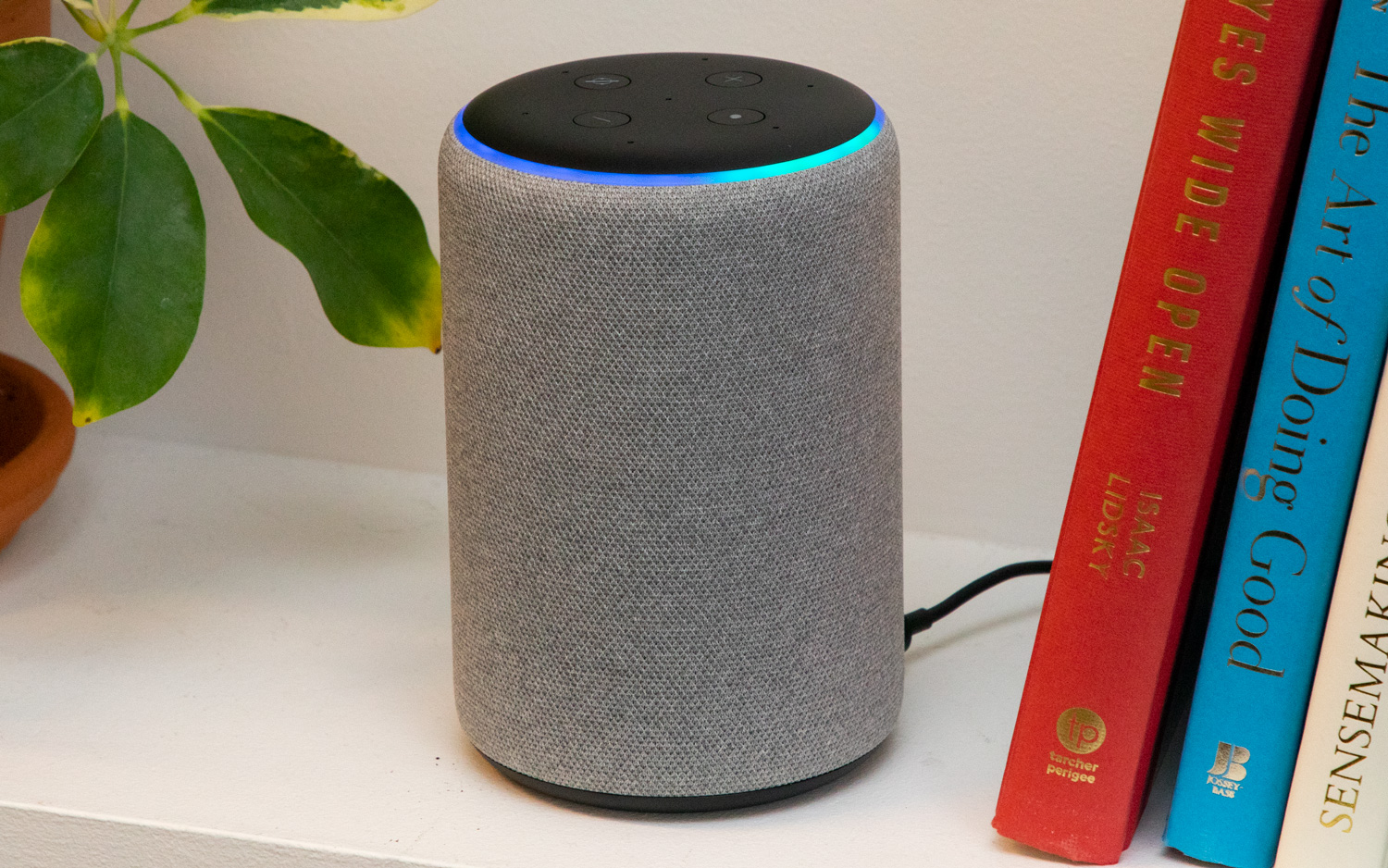Tom's Guide Verdict
Buy it.The Echo Plus delivers a smart-home hub and robust smart speaker in one device, offering significantly better sound than its predecessor.
Pros
- +
Great audio
- +
Friendly design
- +
Easy to set up
- +
Temperature sensor
Cons
- -
Limited smart-home features
Why you can trust Tom's Guide
Editor's Note: The Amazon Echo Plus is being discontinued. The closest available alternative is the all-new Amazon Echo ($99), although the Amazon Echo Studio ($199) is a great premium option.
The line between the Echo Plus and the other Echo speakers is blurring. The Plus's calling cards were high-quality audio and a built-in smart-home hub. But now, a smart-home hub has appeared in the Echo Show as well, and a number of third-party devices, such as the Sonos One and Sonos Beam, as well as Amazon's booming Echo Sub, have set a new, premium standard for smart-speaker audio.
It's unclear what role the Echo Plus ($149.99) will fill in the years to come. But the best Alexa device with a smart home hub makes a good case for itself, with a new, modern design, improved audio and a few interesting new features. If you don't need a speaker with a built-in hub, be sure to check out our best smart speakers page.
Setup: A Snap
Complicated setup can be a barrier to starting a smart home. Echo devices, however, are consistently among the easiest smart devices to get up and running, and the new Echo Plus is no exception.
To get started, just plug this speaker in. A blue ring spins around the top of the speaker for around 45 seconds. Then, pair the device to the Alexa app on your phone, and you're good to go. While my phone takes up to several minutes to find some smart-home devices, it found the Echo Plus instantly.
In all, setting up the Echo Plus took less than 2 minutes — the shortest amount of time I've ever needed to set up an Alexa device.
Design: New, But So Familiar
The original Echo Plus looked like a taller, thinner, ganglier version of the original Echo. It was all glossy plastic, with a speaker grill surrounding the bottom.
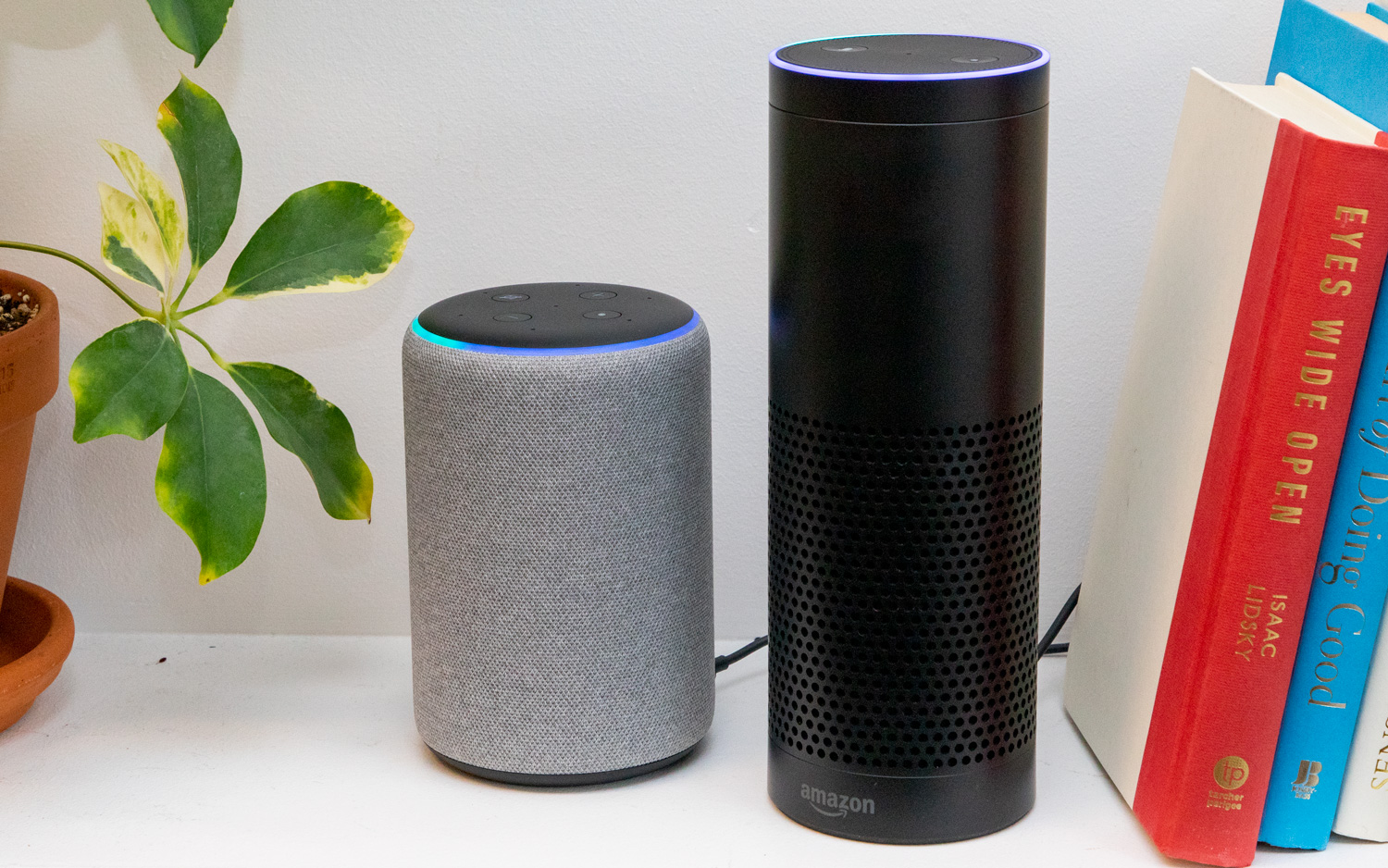
The new Echo Plus has, once again, followed in the footsteps of the Echo — the 2nd-generation Echo, that is. It's now covered by the same fabric that covers the 2017 Echo (as well as the 2018 Echo Dot and the Echo Show).
It's also shorter, and much stouter, than the older Plus. It looks less like an alien-built tower, and more like a speaker that would fit into a modern living room or kitchen. Overall, it's a good-looking device, and a significant upgrade from its predecessor.
However, there's one thing I prefer about the original Plus: the buttons. The older Plus has a button to activate Alexa, a button to mute and unmute the microphone, and a circular dial that you turn to control the volume. I really liked the feel of this dial, as twisting up and down to adjust the audio felt effortless.
MORE: Best Alexa Skills
The new Plus has replaced this dial with two volume buttons. All four of the buttons are noticeably harder to press than those on the original, and are a pain to hammer in quick succession (the way you may want to with a volume button).
Smart-Home Control: It's Getting There
Most smart devices, such as smart bulbs, lights, locks and motion sensors, don't have the battery capacity to connect directly to your Wi-Fi network. Instead, they use a technology called Z-Wave or Zigbee to connect to a smart-home hub, which passes their signal to your router.
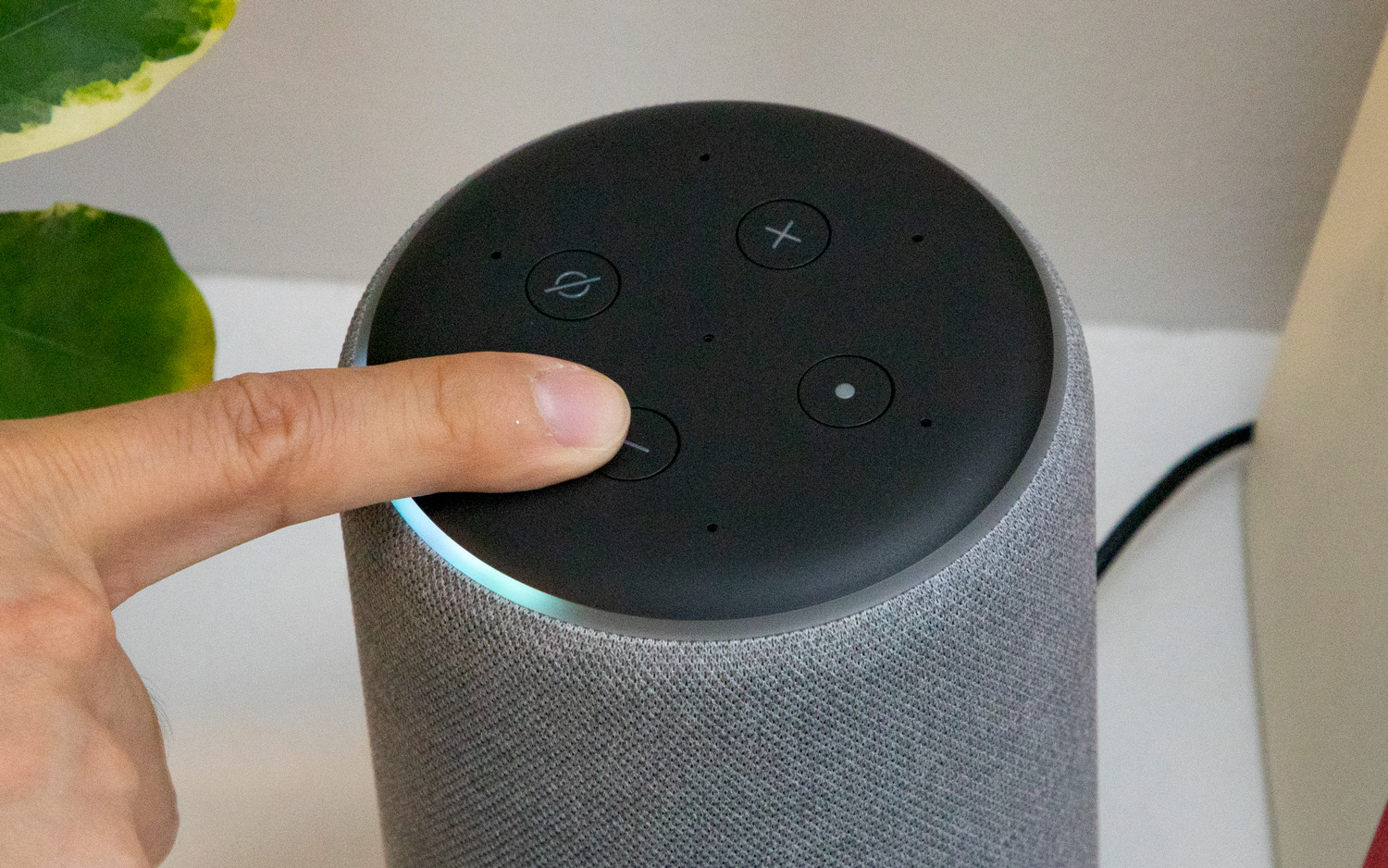
Some devices, such as Philips Hue's and Sengled's smart-bulb starter kits, ship with hubs of their own. You can also buy a third-party hub, such as Samsung's SmartThings. But the Echo Plus comes with a hub built in, so you won't need those products to set up your smart home.
Adding smart-home devices to the Echo Plus is very easy. All you have to do to set up a Philips Hue smart bulb is power it on and say "Alexa, discover devices."
After scanning for around 3 seconds, Alexa told me it had found the bulb, and named it "First Light." From then on, I could control First Light via the Alexa app or voice command. (You can rename your devices in the Alexa app.) It was by far the quickest smart-bulb setup I've ever done.
That said, the Echo Plus can accommodate only a limited selection of devices. Specifically, it works with devices that are Zigbee-enabled (including Philips Hue's bulbs and Amazon's own smart plug), but it doesn't support Z-Wave devices (such as the August Smart Lock and the Schlage Connect). You'll need a different hub, such as SmartThings V3 or the Wink Hub 2, if you want to set up those devices.
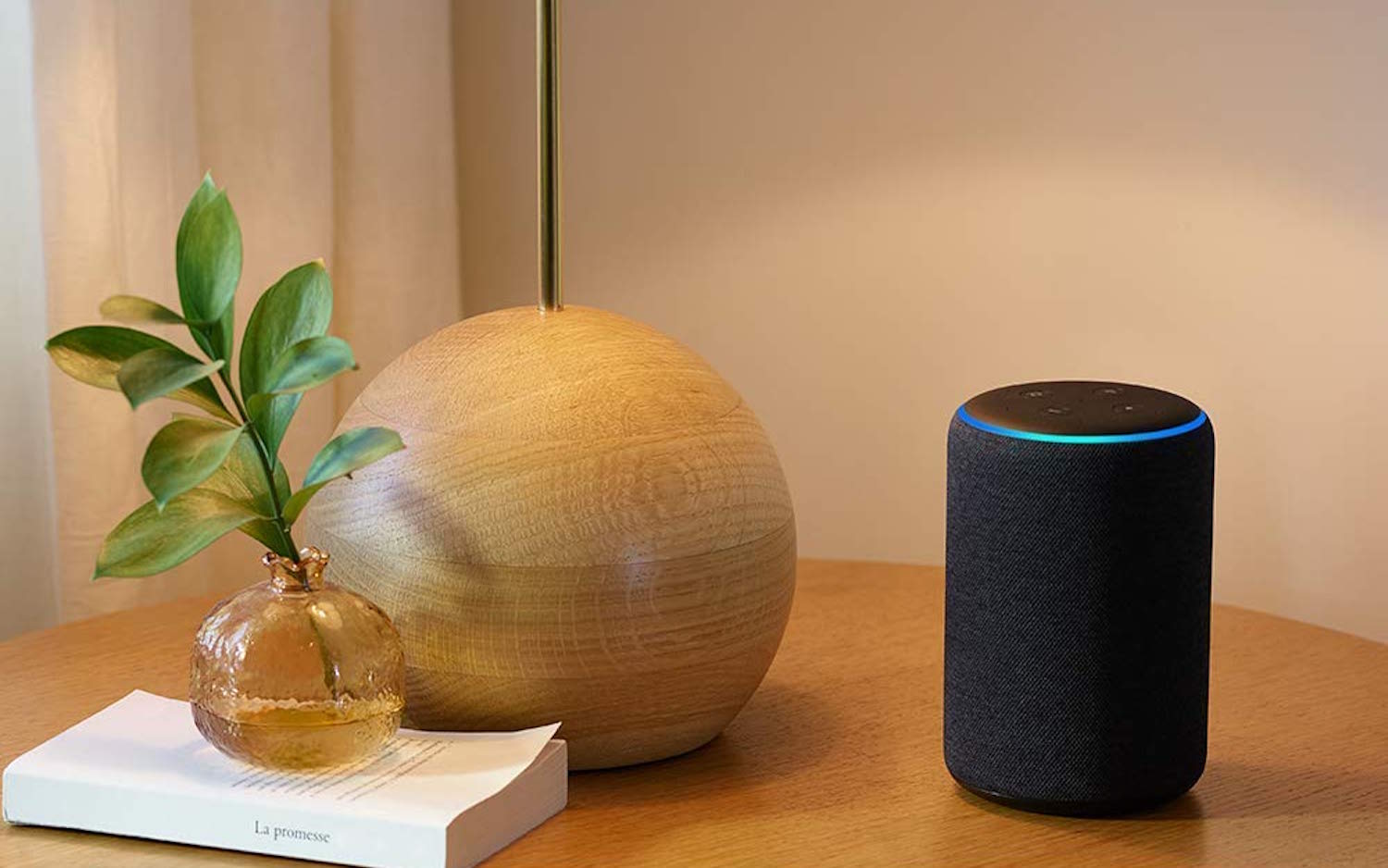
Another fact to consider: Once you pair a device to your Echo Plus, you can control the device in the Alexa app. This is convenient, because it allows you to control all your smart- home devices, across brands, in one easy place.
However, it also means you can no longer control those devices in their brands’ proprietary apps. That means once a Philips Hue bulb is paired to your Echo Plus, you can no longer take advantage of the advanced features the Philips Hue app has to offer.
This is unfortunate, because the Alexa app doesn't offer many smart-home automation features. For example, in the Philips Hue app, you can automate your lights to turn on at sunrise and sunset, or when you come and go from your house. In the Alexa app, you can't tie your routines to much besides voice commands.
The new Plus has a built-in thermometer, so you could also set Alexa to, say, turn on a fan when your bedroom gets above 70 degrees. We found it to be fairly accurate (within a degree or so).
MORE: Best Smart Home Hub
Also, you'll need to keep your devices in one area. I was able to control devices about 40 to 50 feet away from my Echo Plus; it lost the connection after that. This range is acceptable, but not as large as that of the SmartThings V3, which can reach up to 130 feet (depending on your home).
Overall, the Echo Plus will help simplify the setup for first-time smart-home owners. But it may not support every device you want to use, and you won't be able to do anything too advanced.
Alexa: Smarter Than Ever
Inside the Echo Plus lives Amazon's voice assistant, Alexa. Alexa can call you an Uber, order you a pizza, report on the weather, tell you a joke, or anything else you might need. In fact, as of September, there were around 50,000 third-party skills available for Amazon's voice assistant.
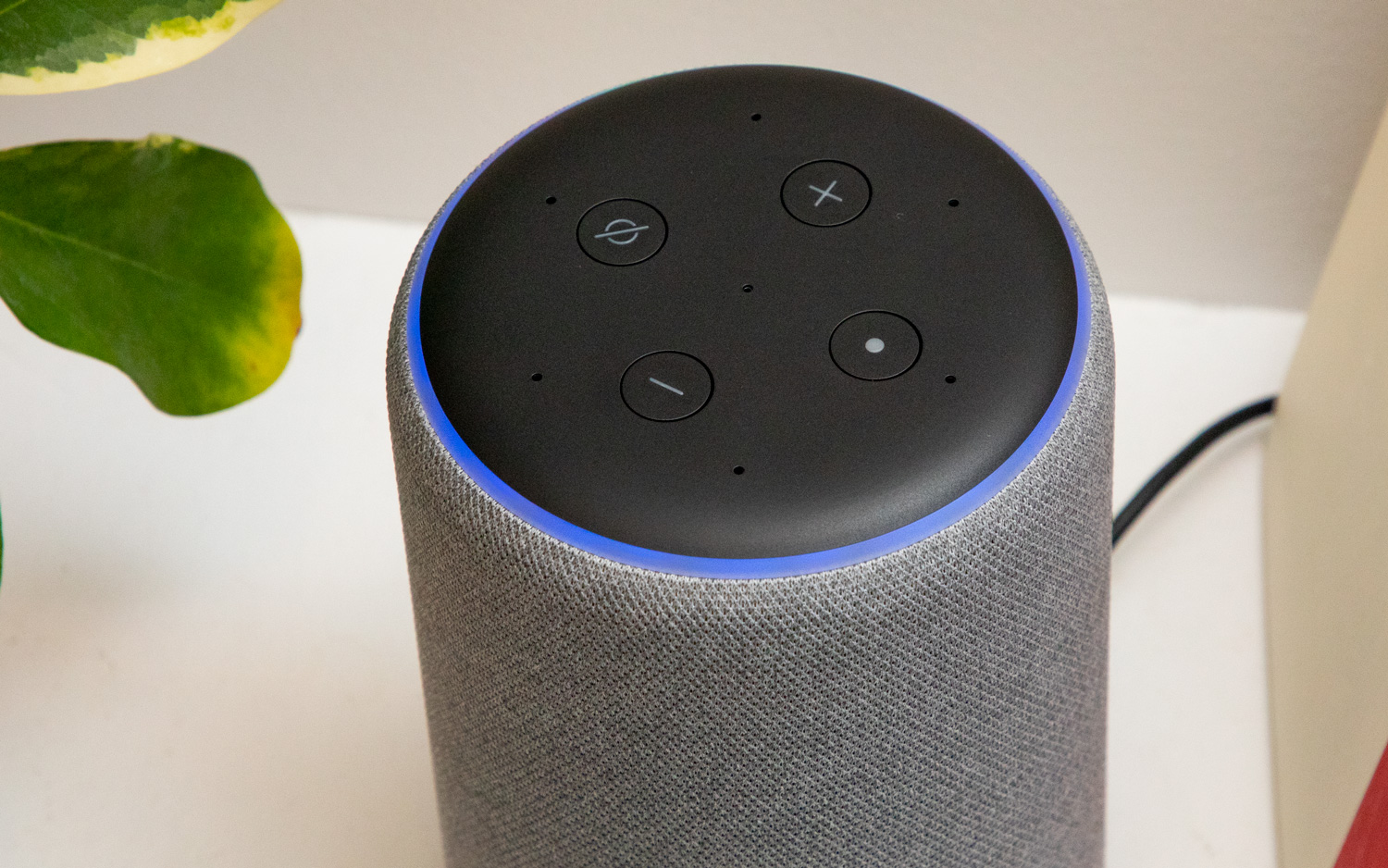
In our most recent Voice Assistant Showdown, Alexa blew Apple's Siri out of the water, and only slightly underperformed its rival, Google Assistant.
Alexa's greatest strength is general knowledge. It answers questions quickly, thoroughly, and generally more accurately than Google Assistant (despite the fact that the latter has access to, well, Google).
Another convenient feature: You can use Alexa to call a friend (as long as they have the Alexa app on their phone) or send text messages (if you have an Android phone). Calling from the Echo Plus was very easy, and I could hear the other caller’' voice clearly. (You can't use it to call 911, though.)
One major area where Alexa falls short, however, is giving directions. When I asked Alexa for directions to my apartment on Main Street in Manhattan, it gave me a as-a-crow-flies distance to a Main Street address in Rhode Island. Google, on the other hand, spat back exact subway directions to my apartment.
Alexa, on the Echo Plus, took an average of 2 seconds to answer my queries, which seemed pretty responsive, but not quite quick enough to feel like a human conversation. Google Assistant, from my iOS app, took around the same amount of time.
Audio: Great, But Not Quite Premium
The new Echo Plus might be Amazon’s first real answer to Google's Home Max and Apple's HomePod. It delivers much better audio than its predecessor, as well as the original Echo. It will serve most people well as the primary source of music for a party or barbecue.
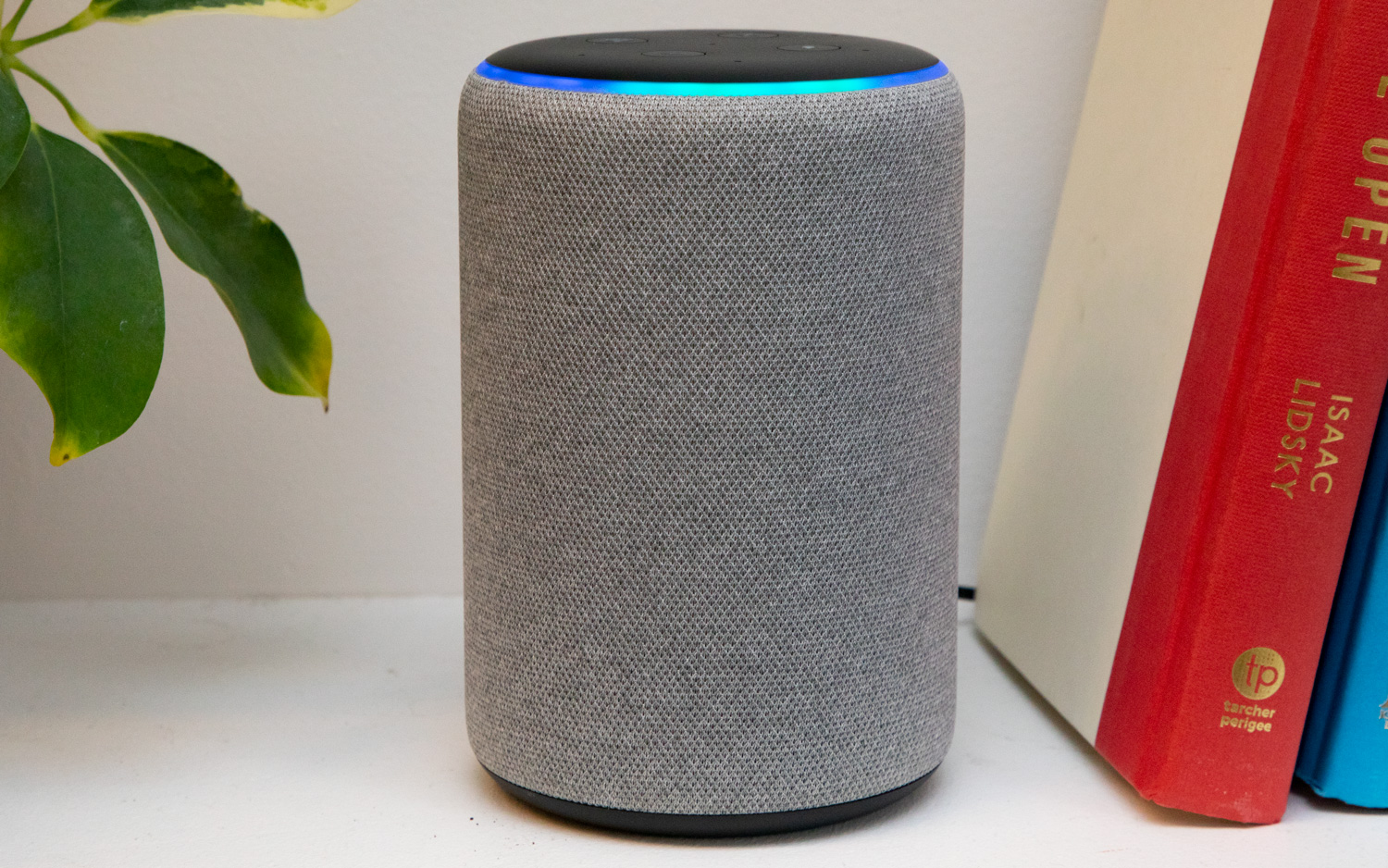
The Plus doesn't deliver quite as much bass as Amazon's larger Echo Sub, but it's still quite present, and much louder than it is on the older Plus. As the second-generation Plus played Michael Jackson's "Thriller" on a wooden table, I could feel the bassline vibrating down through the legs. I could also make out each individual guitar in Smash Mouth's "All Star," while they all blurred together on the first-generation Plus.
However, while the high and low frequencies were quite strong, I found midrange tones to be muddier. This makes sense, since the Echo Plus contains a 0.8-inch tweeter and a 3-inch subwoofer, but no midrange speaker. Even when listening very closely to the lower multipart harmonies in the Backstreet Boys' "I Want It That Way," I couldn't make out the individual voices.
MORE: 14 Alexa Speakers, Ranked from Best to Worst
That said, you can use Alexa's equalizer, via either voice commands or the Alexa app, to adjust the treble, mid and bass tones of any song.
Overall, while premium systems like the Sonos One deliver crisper audio, the Echo Plus can definitely function as a primary music source for a party or barbecue. And if you're not satisfied with its sound, you can always pair the Plus with a larger speaker, such as the new Echo Sub, or a second Echo Plus, via multiroom audio.
Bottom Line
The Echo Plus is a great smart-home hub, and a great smart speaker — but it's not yet the best in either category. That said, if you're looking to start up a smart home, or want an Alexa speaker with better audio than the other Echos can provide, the Echo Plus is well worth the $149 price tag.
Credit: Tom's Guide
Monica Chin is a writer at The Verge, covering computers. Previously, she was a staff writer for Tom's Guide, where she wrote about everything from artificial intelligence to social media and the internet of things to. She had a particular focus on smart home, reviewing multiple devices. In her downtime, you can usually find her at poetry slams, attempting to exercise, or yelling at people on Twitter.
